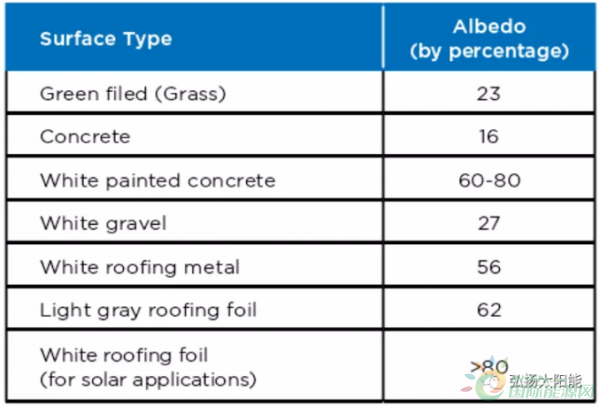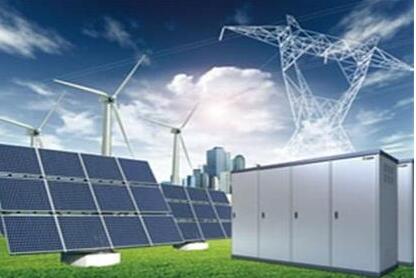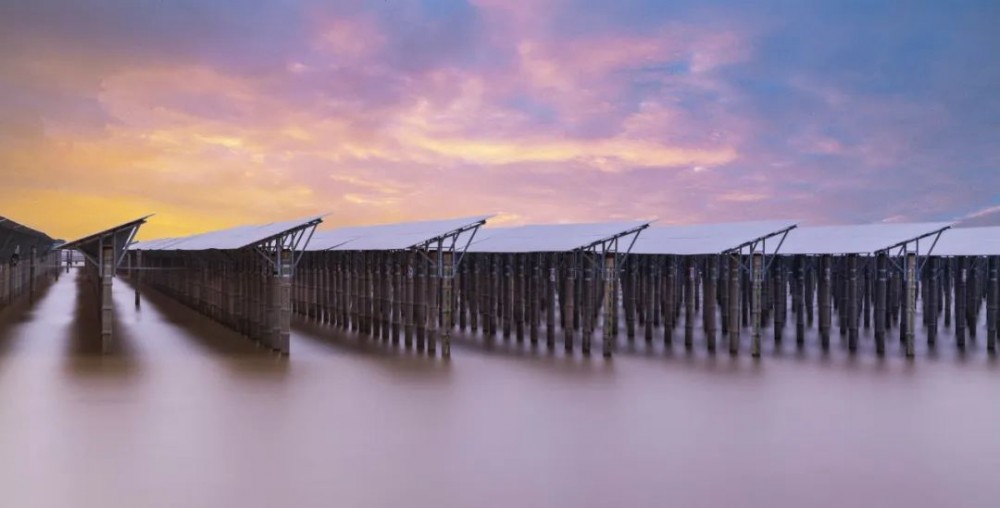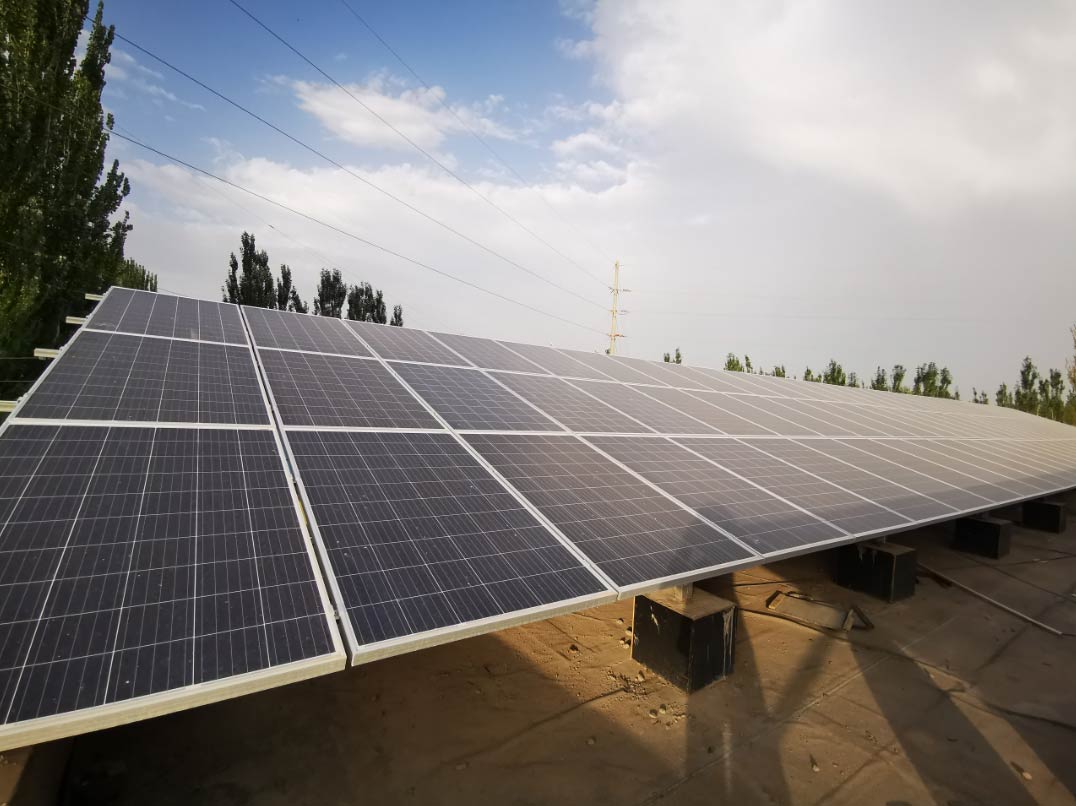While bifacial module technology increases energy production, a variety of factors can affect the rate of this increase. Among the most critical factors to consider when predicting bifacial module yield are module mounting height and albedo, or the fraction of light reflected by the surface.
在双面组件技术提高发电量的同时,多种因素可以影响这种增长率。预测双面组件的发电量时,最关键的因素是组件的安装高度和反照率,或者是表面反射光的比例。
Module mounting height — The closer a bifacial PV array is to the ground or a roof surface, the less chance reflective light will reach the back of the array. A significant bifacial energy boost is possible, however, with a relatively modest height increase. In one simulation, the energy boost curve was steepest between 0 and 7.9 inches. After about 20 inches, the curve flattened out and additional energy gains were negligible. This data from Solar Pro suggests that bifacial modules are appropriate for most ground-mounted applications, given that the leading edge of these arrays is usually from 18 inches to 36 inches above grade.
组件安装高度:双面光伏阵列离地面或屋顶越近,反射光到达阵列背面的机会就越小。然而,在相对适度的高度增加的情况下,显著提升双面组件的发电量是可能的。在一个模拟中,能量提升曲线在0到7.9英寸之间最陡。大约20英寸后,曲线变平,额外的能量增益可以忽略不计。SolarPro提供的数据表明,考虑到这些阵列的前缘通常在地面以上18英寸到36英寸之间,双面组件适用于大多数地面安装。
Modeling bifacial modules to predict their increased energy production, however, continues to be a combination of art and science. PVsyst, a software program used to study PV systems, has limited modeling capabilities, with module manufacturer and user inputs remaining a critical part of the modeling process. Currently, hand calculations are typically needed to compute the equipment shading factor. Extra modules and cell mismatches are, at this point, also largely a judgment call by the installer.
然而,为双面组件建模以预测其增加的能量生产仍然是艺术和科学的结合。用于研究光伏系统的软件程序PVsyst的建模能力有限,组件制造商和用户输入仍然是建模过程的关键部分。目前,通常需要手动计算来计算设备阴影因子。此时,额外的模块和单元不匹配在很大程度上也是安装程序的判断调用。
As long as inputs are accurate, however, software modeling results tend to be relatively accurate. Field testing is needed to verify these results. Keep in mind that a 10% error on the back-of-module calculation can result in a 1% error in annual production, according to Solar Pro.
然而,只要输入是准确的,软件建模的结果往往是相对准确的。需要现场测试来验证这些结果。请记住,根据Solar Pro,模块计算背面的10%误差可能导致年产量的1%误差。
Albedo — Annual energy production increases of 5% to 10% are typical with bifacial modules. In most areas, imported ground cover is often needed to push the increase much over 10%. The question is, does it pay to bring in light-colored gravel or roofing to control albedo? The answer to this question is both location- and project-specific, and a cost evaluation is needed to make the final determination. The estimated albedo for various surfaces is outlined in Figure 2.
双面组件的年发电量增加了5%到10%。在大多数地区,需要引入绿色植物来推动增长超过10%。问题是,引入浅色砾石或屋顶来控制反照率是否值得?这个问题的答案是具体的地点和项目,需要进行成本评估才能做出最终决定。各种表面的估计反照率如图2所示。

 切换行业
切换行业

 正在加载...
正在加载...


